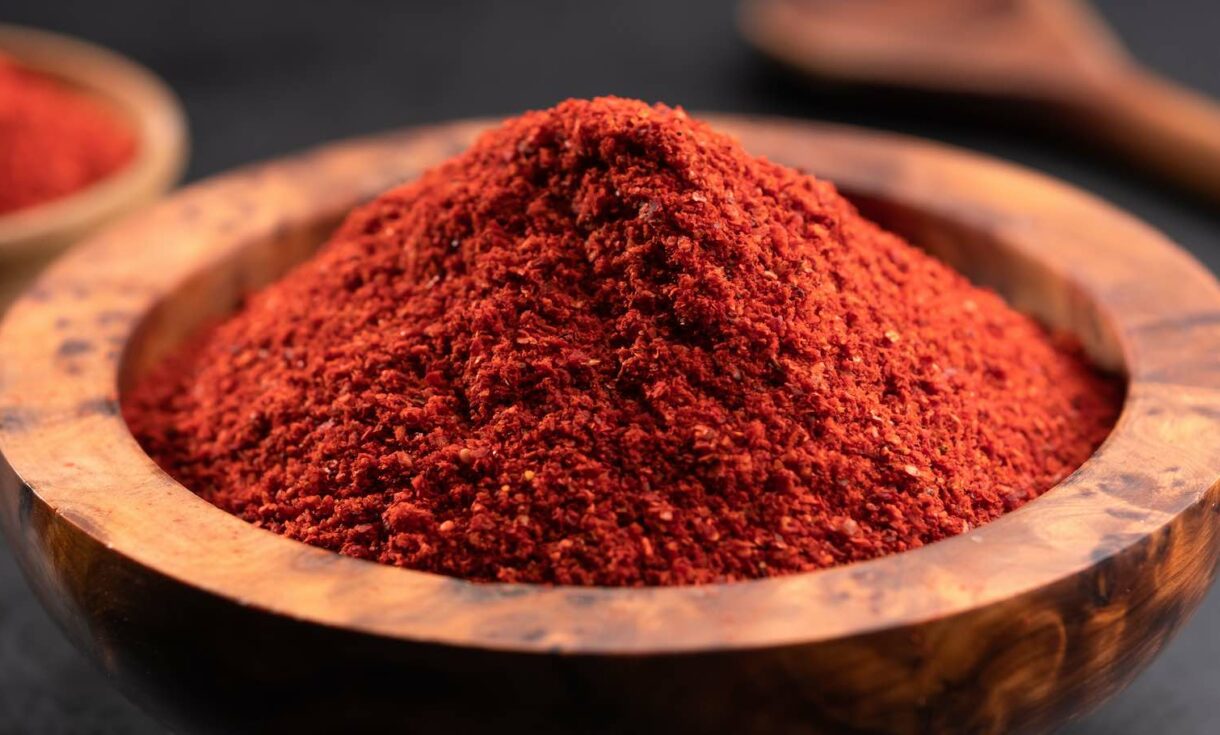- No. 268 Xianghe Street, Economic Development Zone of Xingtai city, Hebei 054001 China
- Byron@hbhongri.cn
paprika and smoked paprika
The Rich World of Paprika and Smoked Paprika
When we think of spices, paprika often comes to mind as a colorful, flavorful addition to various dishes. Originating from Central America and now a staple in European cuisine, this versatile spice has evolved into several varieties, with smoked paprika gaining significant popularity in culinary circles. Both forms of paprika offer unique flavors and applications, enhancing the taste and aesthetic of numerous meals.
The Origin of Paprika
Paprika is made from grinding dried fruits of the Capsicum annuum plant, which includes sweet peppers and chili peppers. Its journey began in the New World, where indigenous people utilized peppers as both a food and a medicinal resource. The spice made its way to Europe in the 16th century through Spanish and Portuguese traders. Over time, it became particularly significant in Hungarian cuisine, where it’s regarded as an essential ingredient.
Types of Paprika
Paprika comes in various styles, each with distinct flavors and heat levels. Sweet paprika, often used for its vibrant color, has a mild and slightly sweet flavor profile. Hot paprika, on the other hand, delivers a kick, making it the perfect choice for those who enjoy a bit of spice. Then, there’s smoked paprika, which has garnered a devoted following due to its deep, smoky flavor that can transform a dish entirely.
The Allure of Smoked Paprika
Smoked paprika, known as pimentón in Spain, is made by drying the peppers over an oak wood fire before they are ground into a fine powder. This process imbues the spice with a rich, smoky flavor, reminiscent of a barbecue. The result is a complex taste that can elevate simple dishes, providing depth that is difficult to achieve with other spices.
Smoked paprika is particularly popular in Spanish cuisine, where it is a key ingredient in dishes like patatas bravas, a traditional potato dish served with spicy tomato sauce. It’s also the heart of chorizo, imparting that distinctive flavor that makes the sausage so beloved. Beyond Spanish cooking, smoked paprika finds its way into stews, soups, rubs for meats, and even vegan dishes, where it adds a warmth that is often associated with grilled or roasted foods.
paprika and smoked paprika

Culinary Uses
Incorporating paprika and smoked paprika into your cooking is an excellent way to enhance flavor without adding excessive calories or sodium
. Here are a few simple ways to use these spices1. Seasoning Meats Rub smoked paprika onto chicken, pork, or beef before grilling or roasting to impart a smoky flavor that feels like summer all year round.
2. Soups and Stews Stir in sweet paprika for a burst of color and sweetness, or use smoked paprika in bean soups or chili for an earthy undertone.
3. Vegetable Dishes Toss roasted vegetables with paprika to intensify their natural flavors, or use it in marinades for an added layer of taste.
4. Seafood Smoked paprika pairs exceptionally well with fish, especially in recipes like smoked paprika aioli, which can elevate simple seafood dishes.
5. Homemade Sauces Both varieties can be mixed into sauces, whether for pasta, dips, or dressings, adding complexity and enhancement to your culinary creations.
Conclusion
From its origins in Central America to its revered status in modern kitchens, paprika and smoked paprika offer a world of flavor possibilities. Each variety brings its unique character to dishes, transforming the mundane into the extraordinary. Whether you’re crafting a traditional stew, grilling meats, or exploring plant-based recipes, incorporating these spices can provide depth and excitement. So next time you reach for a spice jar, consider the vibrant world of paprika and let it transport your dishes to new heights.
-
The Versatile Uses and Benefits of Capsicum Frutescens Oleoresin and ExtractsNewsJun.03,2025
-
Paprika&Chili Products Enhancing Flavor and Wellness in Every BiteNewsJun.03,2025
-
Paprika Extract and Capsicum Applications in Food and IndustryNewsJun.03,2025
-
Exploring the Benefits and Uses of Turmeric Powder and Curcumin ExtractNewsJun.03,2025
-
Discover the Bold Flavor of Premium Chilli Powder from ChinaNewsJun.03,2025
-
Capsicum Oleoresin Extract: A Potent Natural Ingredient in Modern ApplicationsNewsJun.03,2025







